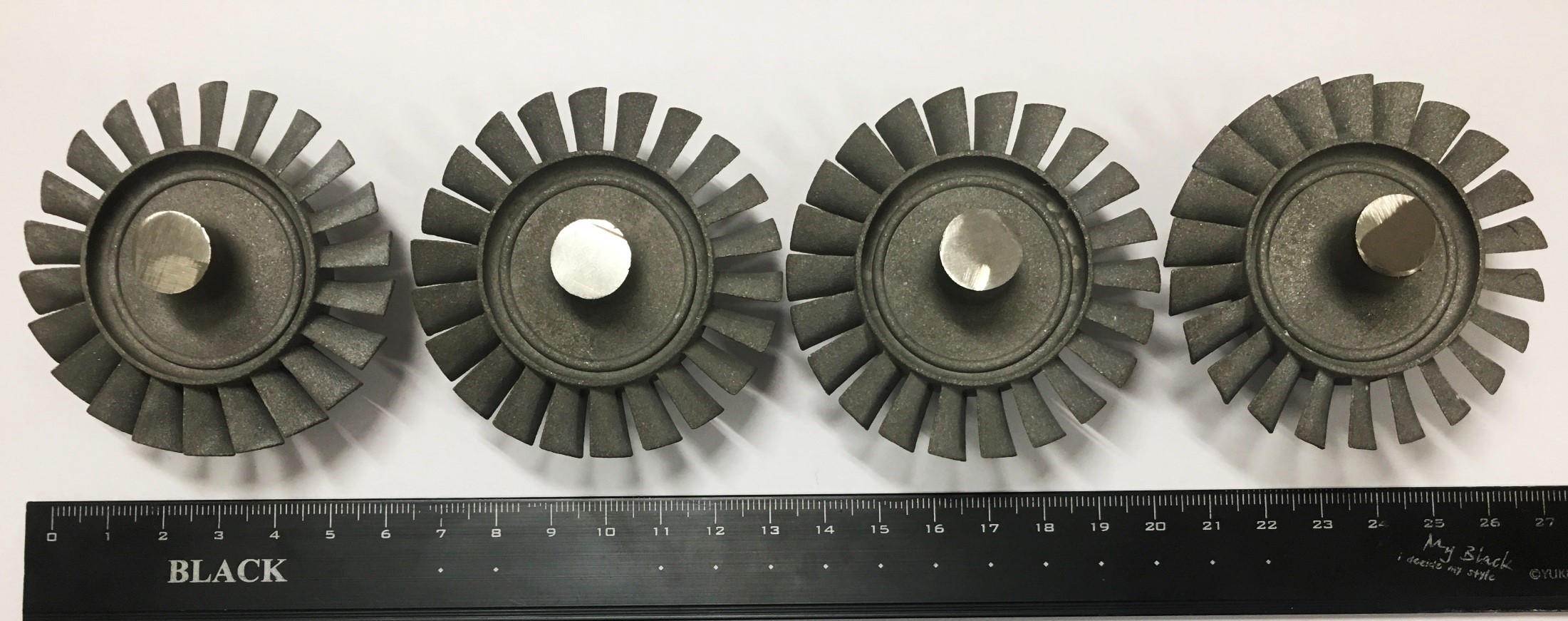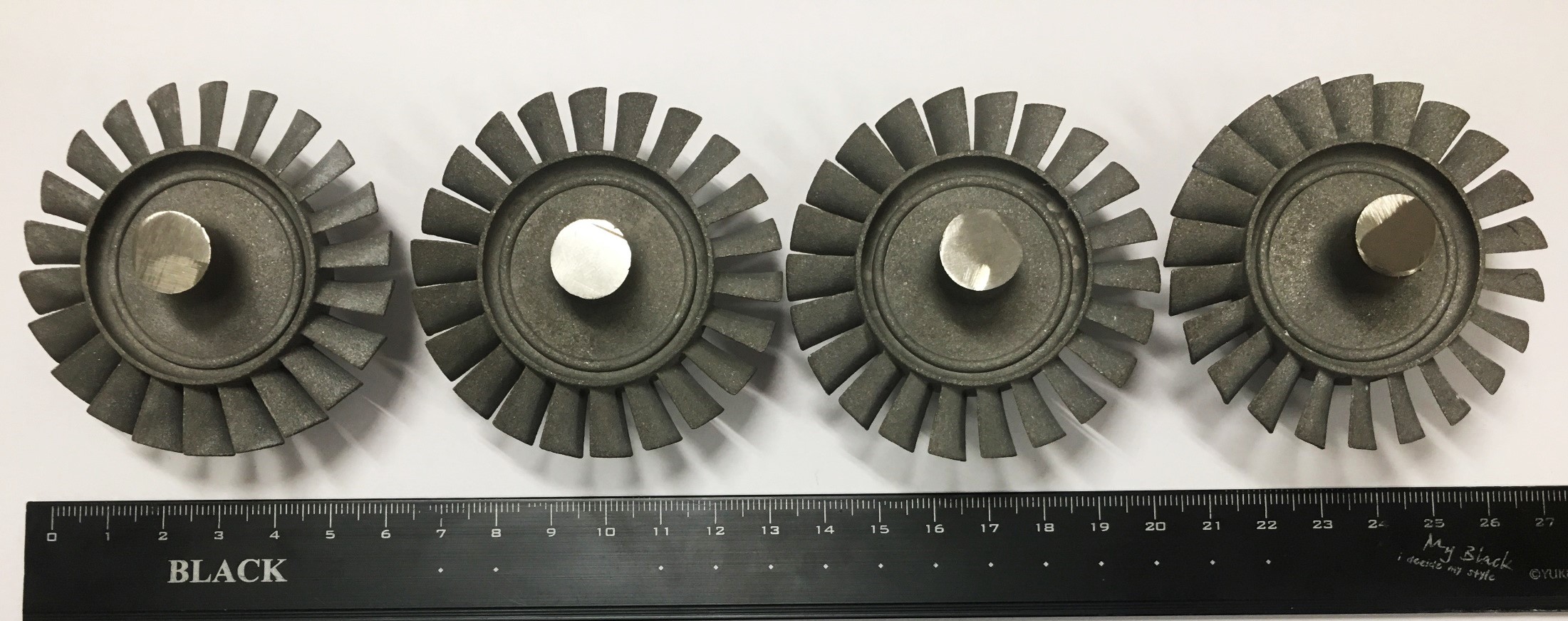| Technical Name | 國產火箭引擎用先進高熵合金的研究與開發 | ||
|---|---|---|---|
| Project Operator | National Tsing Hua University | ||
| Project Host | 葉安洲 | ||
| Summary | HEMC firstly developed high entropy superalloys with excellent corrosion resistancehigh temperature strength, which are far superior to commonly used stainless steelgreat candidates for catalyst bed materials of hybrid rocket engine. For rocket nozzle, NA-1NA-2 advanced refractory alloys are developed according to the combustion condition of the rocket engine with the technology for designing refractory high entropy alloysthermodynamics-assisted phase diagram simulation software, which are expected to meet the needs for domestic rocket development. |
||
| Scientific Breakthrough | High entropy superalloys show 5 times the yield strength of 304 stainless steel at 750 ˚C by forming thermally stable intermetallic compound γ΄, which can greatly reduce the engine weight. They also have 10 higher stiffnesssimilar performance in hydrogen peroxide test comparing to stainless steel. NA-1NA-2 alloys show increased melting pointsoxidation resistance due to the addition of high-melting-point refractory elements with low oxygen solubility, which reduce oxygen diffusivity in the alloy bulk by reducing its oxygen solubility. |
||
| Industrial Applicability | High-performance high entropy superalloys can potentially replace current materials for catalyst bedenhance the load capacity of rockets, thus helping the development of domestic space industry. The development of the technology for manufacturing NA-1NA-2 alloys will not only mass produce these alloys, but also increase the technical level of domestic aerospace-grade metal industry. These can meet the material needs for domestic space industrypursue international certificationtrade at the same time. |
||
| Matching Needs | 天使投資人、策略合作夥伴 |
||
| Keyword | High entropy alloys superalloys high temperature mechanical strength high temperature oxidation resistance low density rocket engine nozzle catalyst bed alloy design temperature capability | ||
- chen-yenhua@mx.nthu.edu.tw
other people also saw







